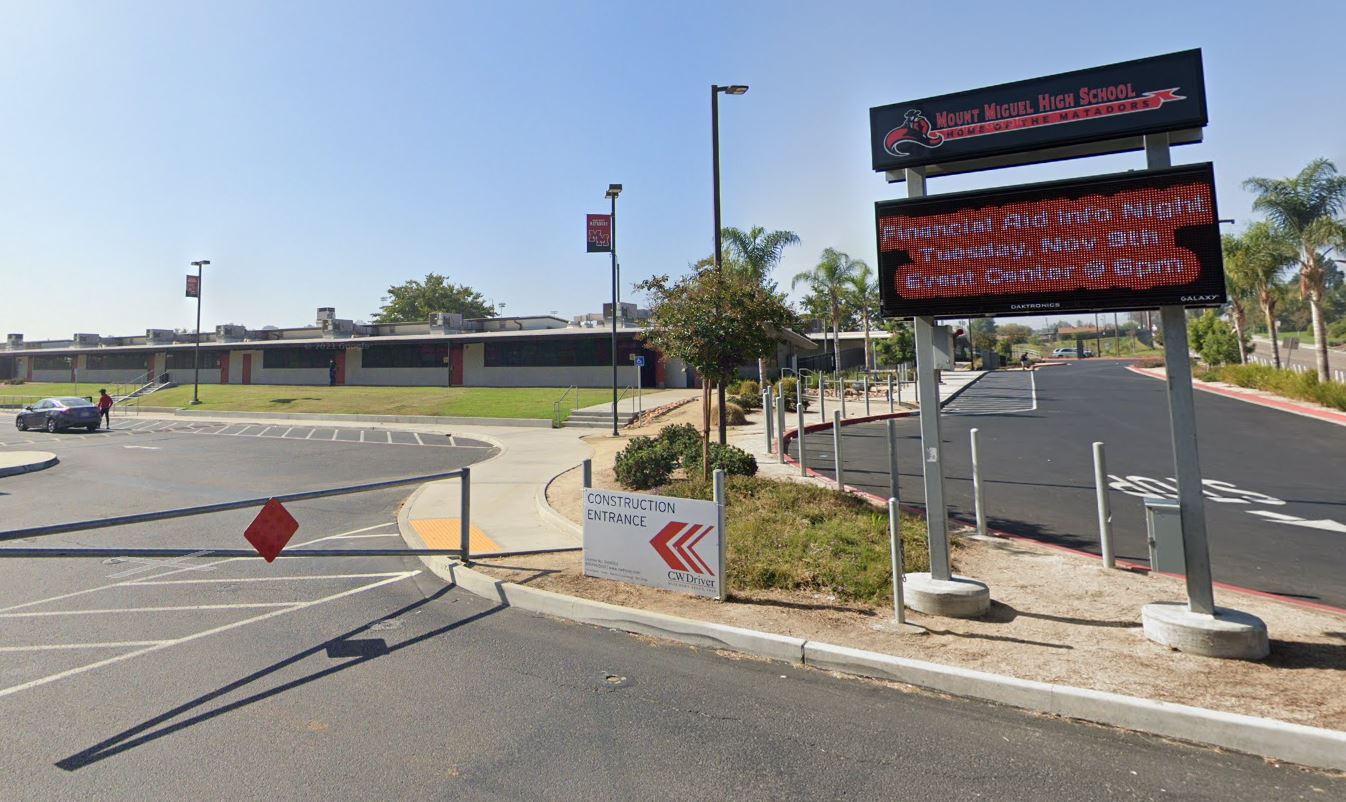SeaWorld’s rescue team is on standby preparing their Oiled Wildlife Care Center for any animals sent their way from Huntington Beach.
Though they don't know how many, if any, they'll get from the oil spill, but they say they're preparing for the worst and hoping for the best.
Inside the 8,000-square-foot center, SeaWorld Rescue Team Supervisor Kim Peterson showed us how they would use what they say is an easy-to-digest formula of electrolytes and fluids to help feed rescued animals.
Somewhat surprisingly, cleaning the oil off isn’t among the first steps in treatment.
Get San Diego local news, weather forecasts, sports and lifestyle stories to your inbox. Sign up for NBC San Diego newsletters.
“They come in very dehydrated, emaciated or at least very thin and we've got to beef them up and get their hydration to a normal level before we wash them,” explained Peterson.
The last time the center was activated was back in 2015 after the Refugio oil spill in Santa Barbara.
“It’s extremely toxic,” Peterson said when asked how dangerous the spills are to wildlife. “It burns their skin, eyes, burns their mucus membranes, burns their airwaves."
Local
The process for all animals brought to the center starts in the intake room where they're first evaluated.
There’s a turtle stretcher there at the ready since SeaWorld’s primary focus will be taking in turtles, dolphins, seals and sea lions affected by the spill.
They also have Intensive Care Unit containers to keep birds warm, and prep tables loaded with medical equipment.
Fluid bags are stocked to help rehydrate wounded wildlife in the treatment rooms.
Once stabilized and strong enough, which sometimes takes a few days, the oil is then washed off.
Once ready, they're finally moved to large pools or habitats similar to their own to help them reacclimate before being released.
“Birds are getting their waterproofing in order. Turtles will just be getting used to being in the water again after being out of the water. This is all rehab," Peterson explained.
When the Oiled Wildlife Care Center isn’t being used for oil spill rescue, it houses marine mammals, sea turtles and seabirds that are rehabilitating.
The center started back in 2000 along with the California Department of Fish and Wildlife and the University of California, Davis.



